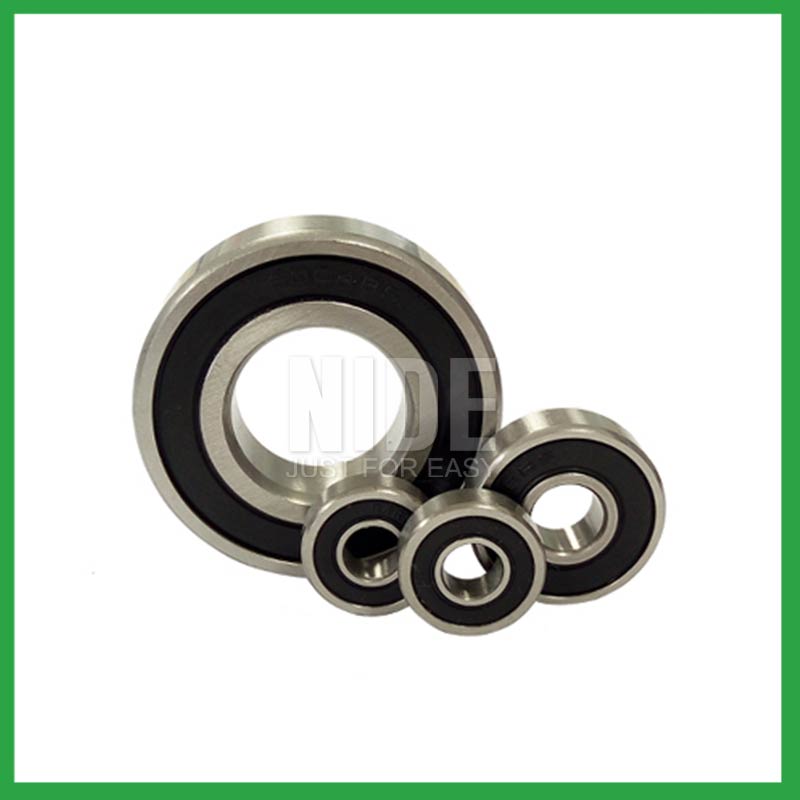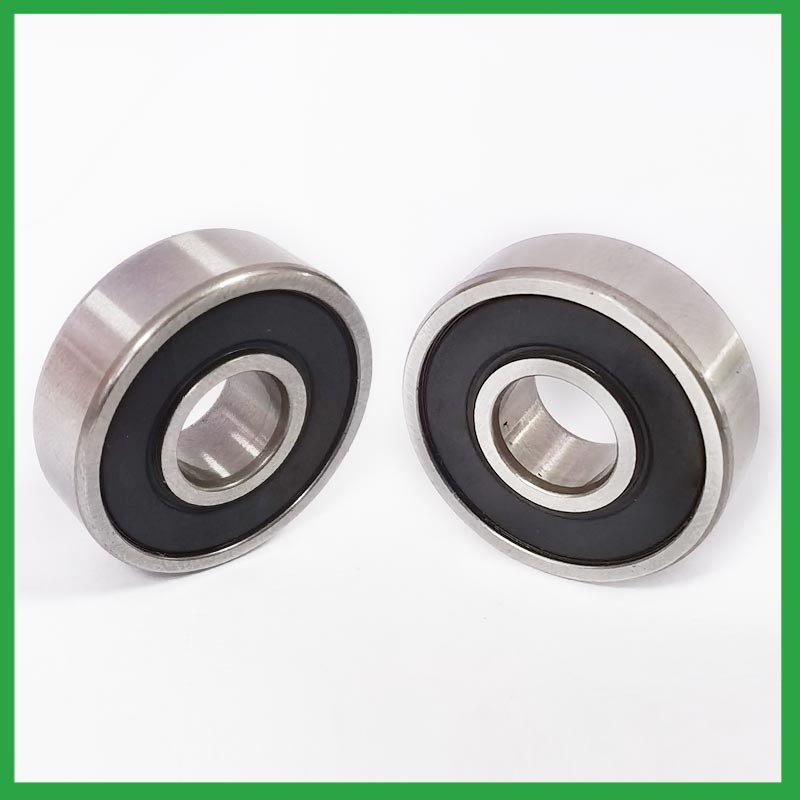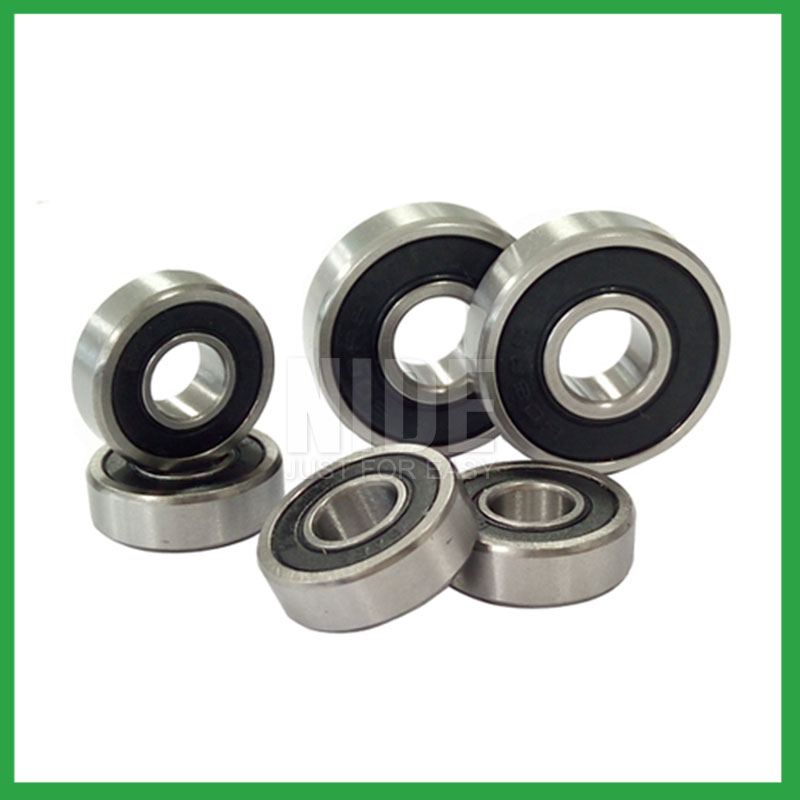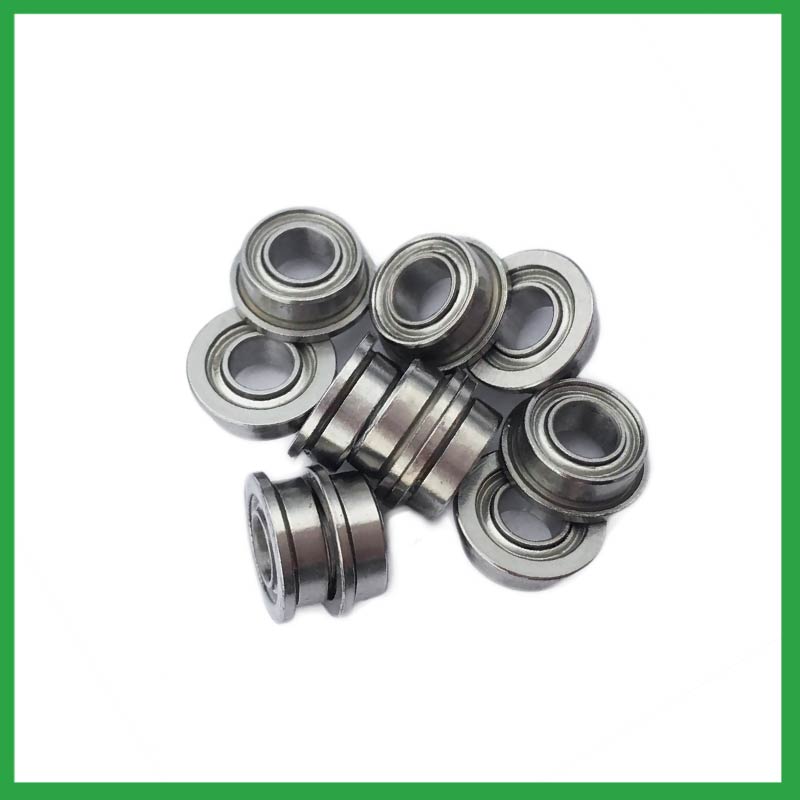PRODUCTS
CONTACT US
Ningbo Nide International Co., Ltd.
一一
· Contact person:Jack Zeng
· Mob/Whatspp/WeChat:0086-13738869026
· Email:emarketing@nide-group.com;marketing4@nide-group.com
· Add:No. 169, Wohushan Road, Daqi Subdistrict, Beilun District, Ningbo, China

Nide team could manufacture ball bearing as per customer’s drawing and samples.
If customer only has samples, we could also design drawing fo r our customer.
We also provide customized service.
Our ball bearing is widely applied the different industrials.
Haishu Nide International was established in 2010, specializing in the development of precision customized bearings and sales of branded bearings. Provide overall bearing solutions for all customers and assist them in product development. In addition to providing various bearings that comply with international standards and specifications, we also provide services for motor manufacturing technology consultants, project support, and turnkey projects. The company's main products include: carbon brush,motor cover and lamination,fan,insulation paper,thermal protector,ball bearing,shaft, etc.
In addition, we provide non-standard bearings according to customer needs and are committed to providing the widest range of services.Our main application areas are BLDC motor,servo motor,air condition motor,water pump motor,electric bicycle motor,single and three phase induction motor,washing machine motor,fan motor and other industries.Reliability, responsibility and quick reaction help Nide to win the worldwide customers’ confidence seccesively, so far Nide has supplied products to its customers more than 50 countries.

| Parameter | Information |
| Product Name | ball bearing 6308 |
| Brand Name | Nide |
| Place of Origin | Ningbo,Zhejiang,China |
| Type | Ball |
| Material | ceramics, etc. |
| Sample | Avaible |
| Warranty | 3months-1year |
| Lubrication | Dry/ Oil |
| Application | aviation engines,high-speed electric tools, etc. |
| Port | Ningbo/Shanghai |
| Size(mm) | customize |
| Export Country | Argentina,Brazil,South Korea,Angola,Sao Tome and Principe,Mali,Moldova,Pitcairn Islands...etc |
| Export region | Africa,America,Europe... |
| Certification | ISO 9001 Certification,ISO9001:2015 certificate,CE-stator coil forming machine,etc |
| Precision Rating | as per customer's requirement |
| Feature | High speed,Good wear resistance...etc |
| Packaging Details | Suitable for sea transportation |
| Color | Silver gray+customized |
| Seals Type | Rubber seals |
| Service | Prompt Delivery |
| Supply Ability | 100000-500000 Piece/Pieces per Month |
| Lead time (days) | 15-20 (To be negotiated) |
Please note: The above table data is for reference only. For specific information, please contact us.
ball bearing 6308 have the advantages of low friction coefficient,lightweight,compactness,high efficiency, and high load, and are used in main motion mechanisms and components, such as transmission shafts,resistors,tires, different motion mechanisms and accessories of airplanes and motorcycles.
During the disassembly process, the outer shell should be kept intact to avoid unnecessary damage;
When replacing installation components, attention should be paid to the accuracy of the support components to prevent deformation;
During the disassembly process, attention should be paid to protecting the surface quality of the ball bearing to ensure its performance;
During the operation, attention should be paid to removing surface dust to ensure the quality of the ball bearing.
Ball bearings have many advantages, making them highly competitive in the market.
Firstly, they are very durable and have good wear performance, making their service life longer than many other types of bearings.
Secondly, they are easy to install and can provide low friction performance in various applications.
Thirdly, they require a relatively low level of maintenance, making them cost-effective.
In addition, compared to many other types of bearings, their purchase cost is relatively low, making them an economical choice.




ball bearing 6308---FAQs Guide
2.What is a ball bearing?
3.How do ball bearing 6308 handle radial loads, axial loads, and combined loads, and what are their load-carrying capacities?
4.Where can ball bearing 6308 be used?
5.What are the common materials used in ball bearing 6308 manufacturing?
6.How do manufacturers address concerns related to bearing noise and vibration in sensitive equipment?
7.What is the load distribution within a ball bearing 6308, and how does it vary between different bearing configurations?
8.Are there ball bearing 6308 designed for extreme temperature environments, such as cryogenic or furnace applications?
9.About ball bearing 6308,What about the lead time?
10.What are the standard sizes and dimensions of ball bearing 6308?
11.Do ball bearing 6308 come in various tolerance classes?
12.What is the role of ball bearing 6308 in reducing friction and wear in automotive applications, such as wheel hubs and transmissions?
13.Are there hybrid ball bearing 6308 that combine steel rings with ceramic balls to optimize performance in demanding applications?
14.Can ball bearing 6308 operate in high-temperature environments like industrial ovens or furnaces, and how are they protected from heat-related damage?
15.How do different ball bearing 6308 designs, such as deep groove, angular contact, or thrust bearings, cater to specific applications?
1.Can ball bearing 6308 handle shock loads and high-impact conditions in heavy machinery?
As a general rule, ball bearing 6308 are used at higher speeds and lighter loads than are roller bearings. Roller bearings perform better under shock and impact loading. Ball bearings tolerate misalignment better than roller bearings do. Roller bearings can handle heavy combined radial and thrust loads.
2.What is a ball bearing?
A ball bearing is a type of rolling-element bearing that uses balls to maintain the separation between the bearing races.
The purpose of a ball bearing is to reduce rotational friction and support radial and axial loads. It achieves this by using at least two races to contain the balls and transmit the loads through the balls. In most applications, one race is stationary and the other is attached to the rotating assembly (e.g., a hub or shaft). As one of the bearing races rotates it causes the balls to rotate as well. Because the balls are rolling they have a much lower coefficient of friction than if two flat surfaces were sliding against each other.
Ball bearings tend to have lower load capacity for their size than other kinds of rolling-element bearings due to the smaller contact area between the balls and races. However, they can tolerate some misalignment of the inner and outer races.
3.How do ball bearing 6308 handle radial loads, axial loads, and combined loads, and what are their load-carrying capacities?
The type of bearing used also varies between these loads. While deep-groove ball bearing 6308 are better equipped to handle radial loads, thrust ball bearings are designed for axial loads. However, it's essential to note that most bearings, such as angular contact ball bearings, can handle both radial and axial loads.The Bearing Static Capacity, Co, is the maximum load that can safely be applied to a non-rotating bearing that will not cause subsequent bearing operation to be impaired. It is based on calculated contact stress at the center of the most heavily loaded rolling element where it contacts the Inner Race.
4.Where can ball bearing 6308 be used?
ball bearing 6308 are very versatile. They can be designed to withstand radial loads, axial loads and combined radial/axial loads at various operating speeds. These characteristics, combined with the relative cost and compactness of the design, give it universal appeal within the industry. Ball bearings are widely used in electric motors, gear reducers and pumps. Serving the automotive, home appliances, aerospace, oil and gas drilling, and mining sectors.
5.What are the common materials used in ball bearing 6308 manufacturing?
Most ball bearing 6308 are made of a type of steel known as high carbon chromium steel, often called chrome steel. This is used for reasons of cost and durability. Bearings are also made from other materials such as stainless steel, ceramics and plastic.

6.How do manufacturers address concerns related to bearing noise and vibration in sensitive equipment?
From a ball bearing 6308 manufacturing perspective, a low noise or vibration rating is achieved by paying attention to the surface finish of the raceways and balls, their roundness, and selecting the correct cage design. Finely filtered low noise greases can also be used to reduce vibrations.
7.What is the load distribution within a ball bearing 6308, and how does it vary between different bearing configurations?
The load distribution between the rolling elements and raceway is crucial in performance evaluation of rolling element bearings. Determine the load distribution by measuring the strain response at the bearing surface with a notched housing. Finite element analysis shows that the introduction of notches does not affect the load distribution. An experimental system was developed to investigate the load distribution in a cylindrical roller bearing. The experimental static load distribution agrees well with the theoretical calculation. The dynamic load at specific position of load zone reflects the manufacture difference among rollers and dynamic balance of distributing loads.
8.Are there ball bearing 6308 designed for extreme temperature environments, such as cryogenic or furnace applications?
High temperature ball bearing 6308 use specialized lubricants to stand up to high temperatures. Grease-packed bearings are pre-filled with fluorine grease for high temperatures, while YS and SJ bearings use molybdenum disulfide (MoS2) solid lubricant to withstand temperatures up to 350°C and 400°C respectively.
9.About ball bearing 6308,What about the lead time?
3-7 days for samples, 3-4 weeks for mass production.
10.What are the standard sizes and dimensions of ball bearing 6308?
ball bearing 6308 size charts are widely available, and can be used to find the measurements of a specific bearing. Series 6200 and 6300 are the most commonly used, and typically range from 10 x 30 x 9 mm (. 394 x 1.181 x . 354 in) to 150 x 320 x 65 mm (5.906 x 12.598 x 2.559 in).

11.Do ball bearing 6308 come in various tolerance classes?
Bearing tolerances are standardized by classifying bearings into the following six classes (accuracy in tolerances becomes higher in the order described): 0, 6X, 6, 5, 4 and 2.
12.What is the role of ball bearing 6308 in reducing friction and wear in automotive applications, such as wheel hubs and transmissions?
When a load is applied to a ball bearing, the ball bearing 6308 roll freely between the inner and outer rings. This rolling action significantly reduces friction compared to sliding contact, resulting in smoother rotation and reduced wear.
13.Are there hybrid ball bearing 6308 that combine steel rings with ceramic balls to optimize performance in demanding applications?
Hybrid Ceramic ball bearing 6308. Ceramic ball bearings (also known as hybrid bearings) are the one component that'll easily optimize the performance of your application. Hybrid bearings have ceramic (silicon nitride, Si3N4) balls and 52100 bearing steel rings.
14.Can ball bearing 6308 operate in high-temperature environments like industrial ovens or furnaces, and how are they protected from heat-related damage?
ball bearing 6308 are capable of working at temperatures up to +842°F (+450 °C). Special lubricants, seals and coatings make this possible by protecting the ball bearings from heat damage.
15.How do different ball bearing 6308 designs, such as deep groove, angular contact, or thrust bearings, cater to specific applications?
Deep groove ball bearing 6308: Deep groove ball bearings are the most common type. They can handle both radial and axial loads. Angular contact ball bearings: Angular contact ball bearings have higher than average internal axial clearance. They can handle axial loads in one direction and moderate radial loads.


